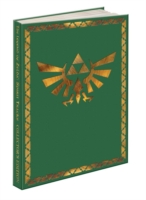- ホーム
- > 洋書
- > 英文書
- > Architecture
Full Description
Following the lifework (1960s to 2010) of visionary Singaporean architect William S. W. Lim, The Impossibility of Mapping (Urban Asia) is a compelling compilation of case studies and historical projects. This multifaceted publication takes Lim's ideas to a future Asia: a region defined by an irreducibly complex urban topography under constant flux. Looking from Singapore to Southeast Asia, and from this region to Asia more expansively (and beyond), it presents a diverse range of activities which may be productively framed through the notion of critical spatial practice.The book has three interconnected points of departure: Lim's lifework; the interdisciplinary exhibition 'Incomplete Urbanism: Attempts at Critical Spatial Practice' at NTU Centre for Contemporary Art Singapore, and the related conference, 'The Impossibility of Mapping (Urban Asia)'; and the cross-cultural and urban festival 'CITIES FOR PEOPLE, NTU CCA Ideas Fest 2016/17', held at venues around Gillman Barracks, Singapore. The multiple links are emphasised in three key ways: through editorial texts, through design concepts, and through selected projects inserted as 'intermissions' between each of the book's sections.Artists, planners, activists, architects, scholars get together in this volume to respond to Lim's critical spatial practice. Research essays, artworks, visual and textual documentation, spatio-temporal maps grapple with the diversity of Southeast Asia, offering unexpected responses to planning, building, and living cities and urban spaces, but also put forward the question, 'Who owns the city?'. This key collection offers a path into spatial questions in Asia and beyond, and serves as a teaching and research tool.








